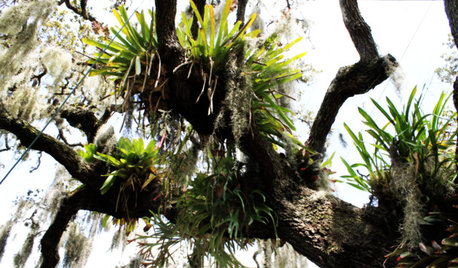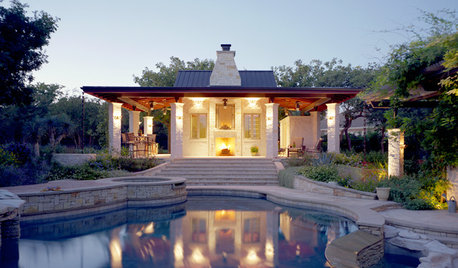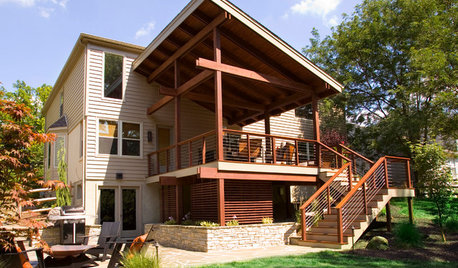Hoh Rainforest photos
Sara Malone Zone 9b
11 years ago
Related Stories

PETSGood Dog! Cute Pooches at Home
The dogs of Houzz take you on a tour of their homes and show you where they lounge, eat, play, bathe and nap
Full Story
STUDIOS AND WORKSHOPSStudio Tour: A Painter’s View From on Top of the World
This colorful artist’s space in Australia sits up high and opens up to inspiring views of the Queensland rainforest
Full Story
GARDENING GUIDESGot a Hot, Humid Landscape? Add Tropical Flair With Air Plants
Turn tree trunks and walls into lush canvases with plants adapted to the canopies of the rainforest
Full Story
WALL TREATMENTSHouzz Call: Show Us Your Feature Wall
Have you used bold paint, reclaimed wood, living plants or something else to jazz up a wall in your home? We want to see it
Full Story
KIDS’ SPACESNew This Week: 3 Amazing Kid Rooms That Will Make You Rethink Your Life
Designers share details of fantastical concepts like indoor swings and a pirate’s crow’s nest in projects recently uploaded to Houzz
Full Story
GARDENING AND LANDSCAPING16 Amazing Home Pools
Take a Dip in a Drool-Worthy Collection of Luxury Home Pool Designs
Full Story
KITCHEN DESIGNWhat Goes With Granite Counters?
Coordinate your kitchen finishes beautifully by choosing colors that complement granite’s natural tones
Full Story
COLORColor Commitment Issues? Just Throw In a Pillow
You don't need to go big or permanent to go bold with color in your rooms; you only need to master the easy art of the toss
Full Story
MOST POPULARSee the Difference a New Back Deck Can Make
A dramatic 2-story porch becomes the centerpiece of this Ohio family’s renovated landscape
Full Story
MOST POPULARThe Unexpected Color That Goes With Everything
Move over, beige. Green is staking its claim as the freshest neutral around
Full Story









botann
Embothrium
Related Professionals
East Rancho Dominguez Landscape Architects & Landscape Designers · Harrison Landscape Architects & Landscape Designers · Saint Matthews Landscape Architects & Landscape Designers · Allentown Landscape Contractors · Alamo Landscape Contractors · Brandon Landscape Contractors · Fort Wayne Landscape Contractors · Kahului Landscape Contractors · Mason Landscape Contractors · Milford Landscape Contractors · Plainview Landscape Contractors · Seymour Landscape Contractors · St. Louis Landscape Contractors · Woodbury Landscape Contractors · Palos Heights Landscape Contractorsken_adrian Adrian MI cold Z5
sluice
botann
Embothrium
Sara Malone Zone 9bOriginal Author
wisconsitom
botann
Embothrium
olypen